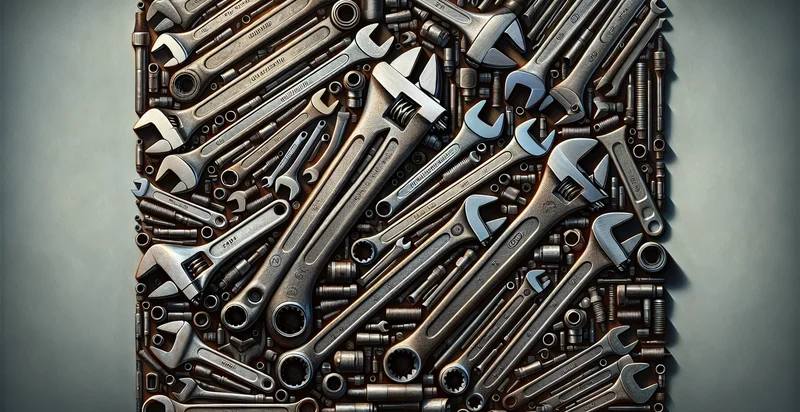Identify roller type
using AI
Below is a free classifier to identify roller type. Just upload your image, and our AI will predict what type of roller it is - in just seconds.

Contact us for API access
Or, use Nyckel to build highly-accurate custom classifiers in just minutes. No PhD required.
Get started
import nyckel
credentials = nyckel.Credentials("YOUR_CLIENT_ID", "YOUR_CLIENT_SECRET")
nyckel.invoke("roller-type", "your_image_url", credentials)
fetch('https://www.nyckel.com/v1/functions/roller-type/invoke', {
method: 'POST',
headers: {
'Authorization': 'Bearer ' + 'YOUR_BEARER_TOKEN',
'Content-Type': 'application/json',
},
body: JSON.stringify(
{"data": "your_image_url"}
)
})
.then(response => response.json())
.then(data => console.log(data));
curl -X POST \
-H "Content-Type: application/json" \
-H "Authorization: Bearer YOUR_BEARER_TOKEN" \
-d '{"data": "your_image_url"}' \
https://www.nyckel.com/v1/functions/roller-type/invoke
How this classifier works
To start, upload your image. Our AI tool will then predict what type of roller it is.
This pretrained image model uses a Nyckel-created dataset and has 16 labels, including Foam, Hard, Heavy, Light, Long, Metal, Multi-Surface, Narrow, Plastic and Rubber.
We'll also show a confidence score (the higher the number, the more confident the AI model is around what type of roller it is).
Whether you're just curious or building roller type detection into your application, we hope our classifier proves helpful.
Related Classifiers
Need to identify roller type at scale?
Get API or Zapier access to this classifier for free. It's perfect for:
- Manufacturing Quality Control: In manufacturing settings, the roller type identifier can be employed to ensure that the correct rollers are used in production machines. This function can help prevent costly errors by flagging incorrect roller types before they cause mechanical failures or product defects.
- Supply Chain Management: Companies can integrate the roller type identifier into their inventory management systems to streamline the procurement process. By accurately identifying roller types, businesses can optimize stock levels and reduce the risk of over-ordering or stockouts of essential components.
- Maintenance and Repair Services: Field technicians can use the roller type identifier to quickly determine the appropriate replacement parts for machinery during maintenance checks. This expedites repair processes and enhances service efficiency by ensuring that the right roller type is always used, reducing downtime.
- Custom Roller Production: Businesses specializing in custom manufacturing can utilize the roller type identifier to ensure that bespoke rollers meet client specifications. This function allows for accurate verification throughout the design and production process, ultimately improving customer satisfaction.
- Equipment Retrofitting: When retrofitting older machines to accommodate newer technology, the roller type identifier can assist engineers in selecting compatible roller types. This ensures that upgrades are effective and machinery operates safely and efficiently, prolonging its lifespan.
- Educational Training Programs: Training institutions in mechanical engineering can incorporate the roller type identifier in their curriculum to teach students about component types and their applications. This hands-on approach can enhance learning and better prepare students for careers in engineering and manufacturing.
- Research and Development: Research teams developing new machinery can use the roller type identifier to analyze performance differences between various roller types in experimental setups. This data-driven approach facilitates innovation and improves design choices, leading to more efficient machinery designs.


